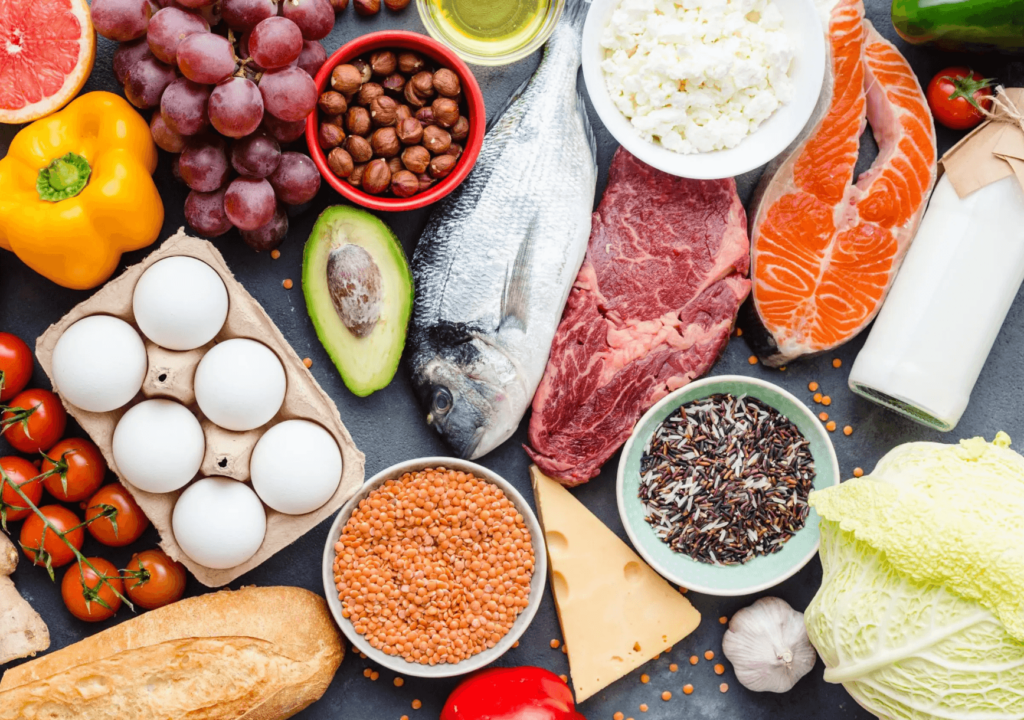Developing an effective food safety plan
A food safety plan should be a thorough strategy to safeguard customers’ well-being and maintain health and safety compliance. This article explores the intricacies of creating an airtight food safety plan, explaining its significance and components, and guiding you in a step-by-step development.
Understanding the essence of a food safety plan
A food safety plan represents more than a mandatory regulatory requirement; it’s a blueprint for safe operating practices and procedures.
It’s designed to identify, prevent, and mitigate potential hazards that could compromise the safety of food products. It encapsulates an organized approach, from hazard analysis to monitoring critical control points, ensuring each step adheres to rigid preventive measures.

Safeguarding customers’ health and trust
Beyond regulatory compliance, the essence of a robust food safety plan lies in its ability to safeguard public health. By effectively addressing potential food production hazards, businesses ensure compliance with stringent regulations. This can foster a sense of trust and confidence among customers. This trust becomes the bedrock of sustained success in the hospitality industry.
Let’s look at the critical components of a food safety plan, the development process, and best practices.
To-do list template of a food safety plan
Conduct a hazard analysis
Identifying potential hazards in food production is the foundational step of a food safety plan. This involves a comprehensive assessment to recognise any biological, chemical, or physical hazards that could compromise food safety. Hazard analysis often includes the following:
- assessing raw materials
- processing methods
- facility conditions
- human interaction within the food production chain. i.e. in your kitchen.
By understanding these potential risks, businesses like yours can create measures to mitigate or remove them.
Set preventive controls
Once you’ve identified hazards, preventive controls come into play. These controls encompass the specific steps, procedures, and protocols to prevent hazards from occurring, minimising the risk to consumers.
Preventive controls should involve the following:
- strict sanitation practices,
- temperature control measures,
- employee training programs on hygiene and
- following your restaurant cleaning checklist.
This is where tools such as Operandio’s checklist software can help your business. With Operandio’s mobile-first training platform, you can ensure all staff have the necessary training information in one convenient digital hub. Thus, creating common standards for your staff to follow.
Continue monitoring procedures
Monitoring critical points within food preparation ensures preventive controls are effectively implemented and maintained. This involves continuous surveillance and assessment of these crucial points to verify the preventive measures, like refrigeration and hygiene, are functioning as intended. Conduct regular checks and observations to make sure your team is following food safety protocols, and you pick up when are where they’re not.
Establish corrective actions
Despite preventive measures, issues might still occur. Correcting a problem can help rectify the issue promptly, mitigate potential risks to food safety, and prevent the compromised products from reaching consumers.
Examples of corrective actions include:
- immediate equipment adjustments,
- process modifications, or
- product disposal, if necessary.
Set up verification procedures
Verification is crucial to confirm your food safety plan is effective and functioning as intended. This involves periodic reviews, evaluations, and tests to validate the adequacy and efficiency of the implemented preventive controls and corrective actions. Verification ensures the plan remains robust and up to date, reassuring that the established protocols consistently safeguard food safety.
Keep records of processes
Maintaining comprehensive and accurate records is integral to a successful food safety plan. Records document every step of the food production process, including the steps mentioned above. These records serve as critical documentation for regulatory compliance, allowing for traceability in case of an issue, and also aid in identifying trends or areas for improvement within the food safety management system.
By focusing on these critical components within your food safety plans, your business can significantly reduce the risks associated with foodborne hazards and ensure the delivery of safe and high-quality products to consumers.
Developing your food safety plan
Regulatory compliance in the hospitality industry
Restaurants are subject to stringent food safety regulations enforced by local health departments and councils. Restaurants must comply with strict hygiene standards outlined by local health departments. Failure to meet these standards might result in penalties or closures.
These regulations outline specific food handling, storage, hygiene, and sanitation requirements. Implementing the guiding principles of a robust food safety plan allows businesses like yours to meet and exceed these requirements, promoting customer trust and patronage.
Pro tip: You can use a health and safety inspection software!
Customising food safety plans for restaurants
Creating a plan for a restaurant involves tailoring the strategy to the unique aspects of food preparation, handling, and service within your establishment. Integrate factors such as menu diversity, kitchen layout, staff training, and customer service into your plan to ensure you’re complying with regulations.
A restaurant offering a diverse menu with various ingredients and preparation methods needs a tailored food safety plan. This plan should address specific hazards associated with each menu item, particularly if you’re handling seafood or nuts. Be sure to include stringent guidelines for cross-contamination prevention and safe cooking temperatures for different types of food.
Implementing a compliance checklist template
Executing a plan in a restaurant setting necessitates a step-by-step approach. This includes:
- conducting a thorough hazard analysis
- applying preventive controls
- setting up monitoring procedures
- training staff on food safety practices
- maintaining meticulous records to demonstrate compliance with local regulations.
Best practices and tips for restaurants
Employee training and adherence to regulations
Training restaurant staff on food safety practices is pivotal. Emphasise the importance of complying with local food safety regulations in staff training programs. Proper education ensures employees understand and implement essential food handling, sanitation, and hygiene practices – like a restaurant cleaning checklist – to maintain compliance and uphold food safety standards.
Conduct regular audits and reviews
These assessments help identify areas for improvement, ensure ongoing compliance with regulations, and validate the effectiveness of implemented food safety measures. Implementing digital checklists is a great way to maintain accurate records for review.
Digital solutions for compliance
Explore using modern technology and tools that aid in maintaining food safety standards within restaurants, like Operandio’s Food Management Software. From temperature checks to maintaining food safety records, managing cleaning tasks, and monitoring product expiration dates. a well-designed food safety app can streamline every aspect of your compliance efforts. Operandio helps you make informed decisions, reduce risk and stay safe and compliant.
Operandio makes food safety planning simple
Crafting an effective food safety plan is indispensable for restaurants. Integrating robust food safety practices aligned with local regulations ensures food safety compliance, safeguards public health, and enhances consumer trust.
By following the best practices, such as comprehensive staff training, regular audits, and leveraging technology, restaurants can significantly mitigate risks and maintain the highest food safety standards. Upholding these practices is a regulatory requirement and a commitment to providing patrons safe and enjoyable dining experiences.
Operandio’s checklist software can help you digitise and streamline food safety processes to keep your business running smoothly. Book a free demo today to see why hundreds of hospitality businesses like yours are signing up.


